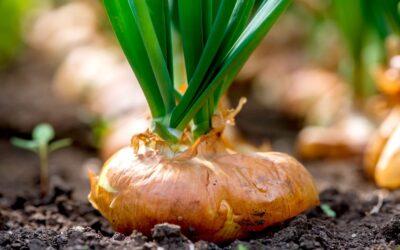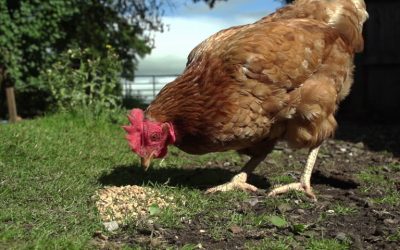Impact on soils on Yams
The yam is the crop of all seasons in this area. All the other crops that grow in swamps can be destroyed during the rainy season when they are submerged.But the yam continues to grow.
Th nature of Kampala, being a city of hills and swamps, Sometimes there is dirty water coming from homes uphill adding that in the wetland, where yams are specifically grown near a drainage channel to ensure constant supply of water, even during the dry season. there are so many chemicals that come down to these valleys and swamps when it rains.
Farmers are reaping big in the yam business. Most of the city markets buy their yams from Nalukolongo. Agents who supply out tests on yams grown in Kampala’s wetlands. Consistently, the tests have revealed that the yams are contaminated with deadly chemicals that come from industrial by-products discharged into the wetlands.
As the yams grow, the tubers absorb these chemicals, most notably lead, copper, ammonium and orthophosphate. Because of this, scientists at one time thought about growing yams in wetlands to clean up the soil. Of course, human beings would be prohibited from harvesting and consuming yams grown for this purpose.
However, when researchers at the College of Agricultural and Environmental Health Sciences at Makerere University carried out an experiment in 2005, they established that papyrus was better than yams at cleaning out the chemicals from the soil.
Zinc and copper are the most complicated metals. Crops like yams have a higher ability to accumulate or absorb the metals as they grow. Copper is a poisonous element to the liver and all body organs. If its concentration goes beyond average, it can lead to death.
Lead is also deadly, especially to women’s reproductive health, It can cause miscarriages and lead to liver problems, brain damage and mental retardation. So, if a child is constantly eating such foods, their brain gets retarded and people think they are stupid. In adults, it leads to cardiac problems.


